
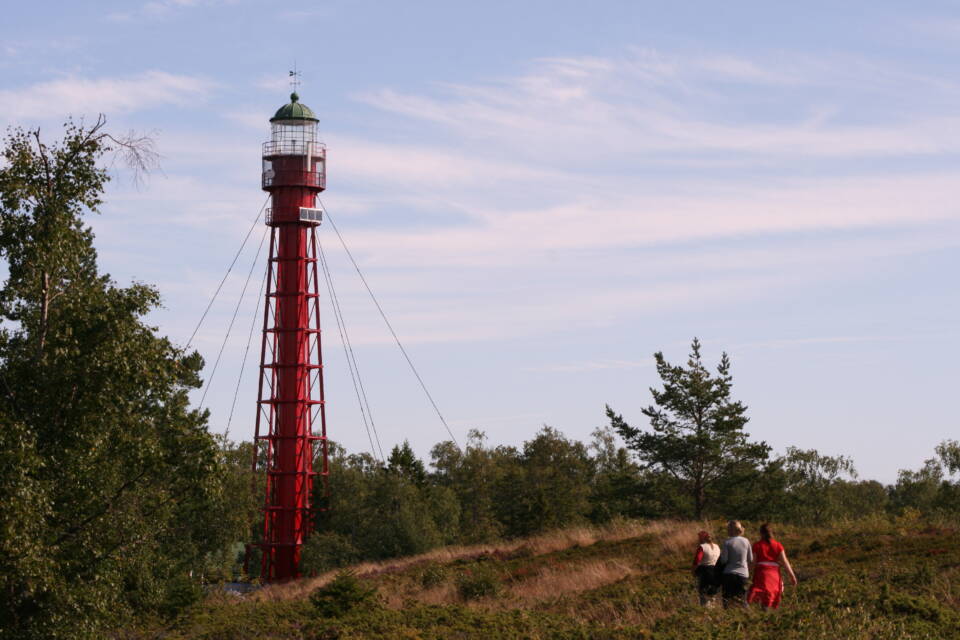
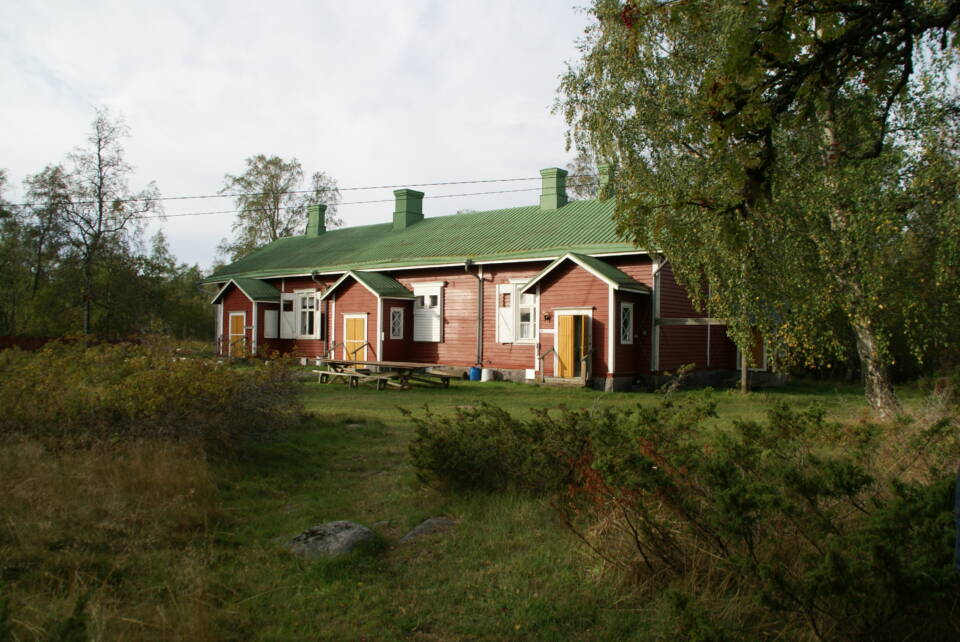
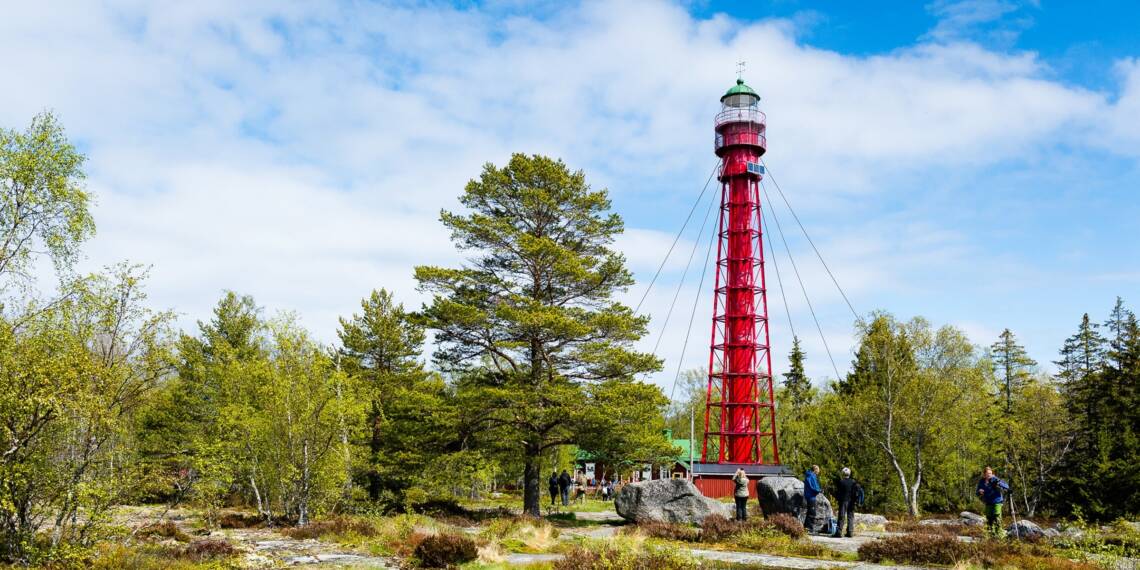
The Valassaaret Islands are located in the municipality of Mustasaari, at the narrowest point of the Kvarken. This area is shallow and rocky. For a long time, seafarers were only guided a modest and lightless daymark beacon.
The name Valassaaret comes from the Swedish word Valsörarna (literally “whale islands”), which is believed to derive from the island’s magnificent embankment-like ridges. However, it is also said that a whale might have drifted ashore there some time in the past.
In 1868, the lighthouse ship Snipan was placed west of the Valassaaret Archipelago, but its light output was found to be insufficient. As shipping boomed in the 1850s, seafarers demanded a lighthouse for the area. However, the project did not get any support until 1879, when five ships were wrecked in the shallows of the Valassaaret Islands in one night and all vessels ended up on the seabed.
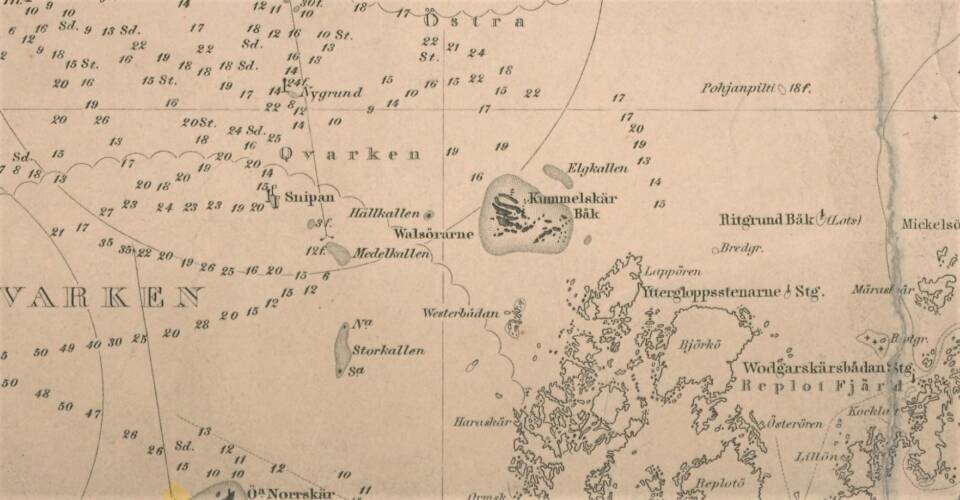
A special iron-trussed lighthouse was ordered from France for Valassaari Island. The lighthouse was designed by Henry Lepaute, who a few years later also created the iconic Eiffel Tower in Paris.
The construction of the lighthouse was first started in a different place from where it stands today. The soil at the initial site was unsuitable for construction and the building supplies and already completed residential buildings had to be moved with great effort to the adjacent island of Storskär. A stone bridge, which is still on the island, was built to aid the transfer of materials between the islets.
The latticed iron lighthouse, which was painted fire-red, was completed in 1886. Houses for staff accommodation, as well as outbuildings were built in a courtyard around the lighthouse. When completed, the lighthouse tower attracted much attention and visitors came from far and wide to see it.

Nevertheless, the master keeper kept tight order and visitors were not allowed to get too close to the lighthouse. Perhaps it was he that started the rumour that the iron structures of the lighthouse were hot and would burn visitors’ fingers if they dared to touch it!
The tower measures up to 36 metres in height, consisting of a central pipe with a spiral staircase, and external lattice support structures. At the top was a watch room for the lighthouse keeper.
In 1939, the lighthouse was observed to sway and thus four support cables were added. Like many other lighthouses, the Valassaari Light was automated in the 1960s, and the lighthouse staff left the island. From the 1920s, there was a marine rescue station on Valassaari Island, which was replaced by a coast guard station in the mid-1940s.
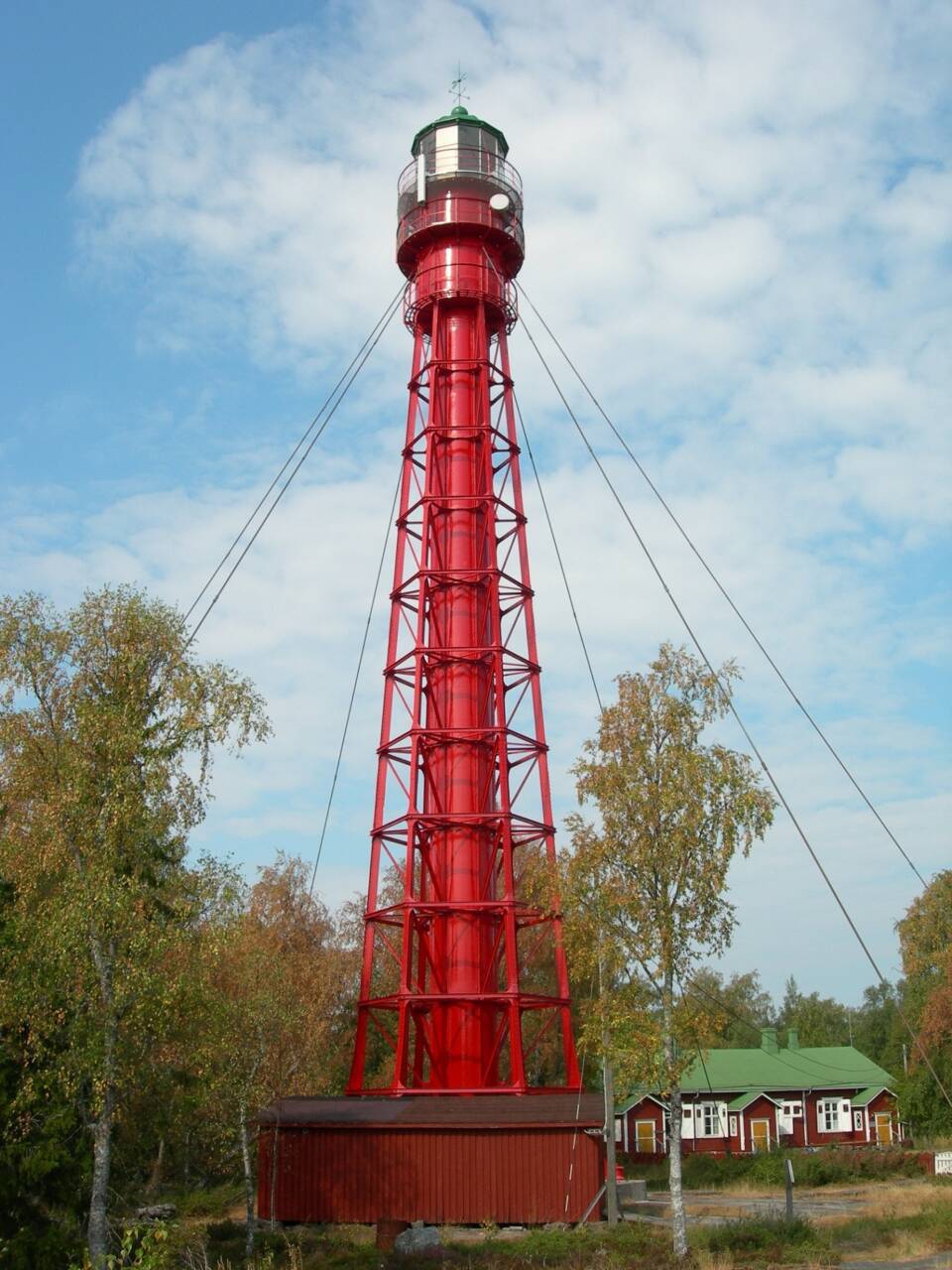
For centuries, the Valassaaret Islands have been a staging point for postal carriers travelling back and forth between Sweden and Finland. Boats were used in summer, and horses in winter. The Valassaaret Islands are full of the remnants of old buildings and structures, such as the ruins of harbour structures and stables for postal horses, as well as and the foundations of beachfront outbuildings.
There are also ancient remains on the island, such as a mysterious stone-built labyrinth, known as a giant’s garden. Also, there is a ruin of an old daymark beacon on the eastern shore of Storskär. There are still stacked stone walls skirting the small cultivated plots on the island. Today, the traditional cultural landscape of the Valassaaret Islands is maintained by grazing sheep. Without maintenance, the beaches, in particular, would quickly become overgrown with vegetation.
For more information on the island’s ancient remains, as well as the shipwrecks in its waters, see the cultural environment service window www.kyppi.fi(siirryt toiseen palveluun).
Read more about this location in Vaaasa city’s webpage(siirryt toiseen palveluun)!



In March 1809, towards the end of the Finnish War, the Russian General Barclay de Tolly and his troops had stopped overnight on Valassaari Island, on the way to conquering the city of Umeå.
On the following day, 3,700 soldiers left Valassaari and marched across the frozen Kvarken. The harsh winter made travelling difficult, their troubles were compounded by a blinding blizzard, as well as high ridges and large cracks in the pack ice. Hundreds of soldiers lost their lives along the route.
“I have marked my route to Umeå with the bones of my soldiers,” wrote a sorrowful de Tolly to Emperor Alexander I of Russia.
On reaching the Swedish mainland, the troops managed to conquer the city of Umeå. The return journey followed the same route, and the exhausted troops again stayed overnight in the Valassaari, camping under the open sky. The harsh night conditions overcame many of the exhausted men and four hundred soldiers met their fate on the island when the troops continued their journey.
The bones of unburied soldiers continued to be found all over the island until the early 20th century. In the 1930s, locals collected the bones into a mass grave, which was marked with a stone cairn. The tomb was blessed by the Orthodox Bishop Leo in the 1980s. The memorial can still be found along the path near the boat beach of Ebbskär.
The original source of this story is from a book published in 1999 by Seppo Laurell, entitled “Lighthouses of Finland”, (Fin. Suomen majakat).
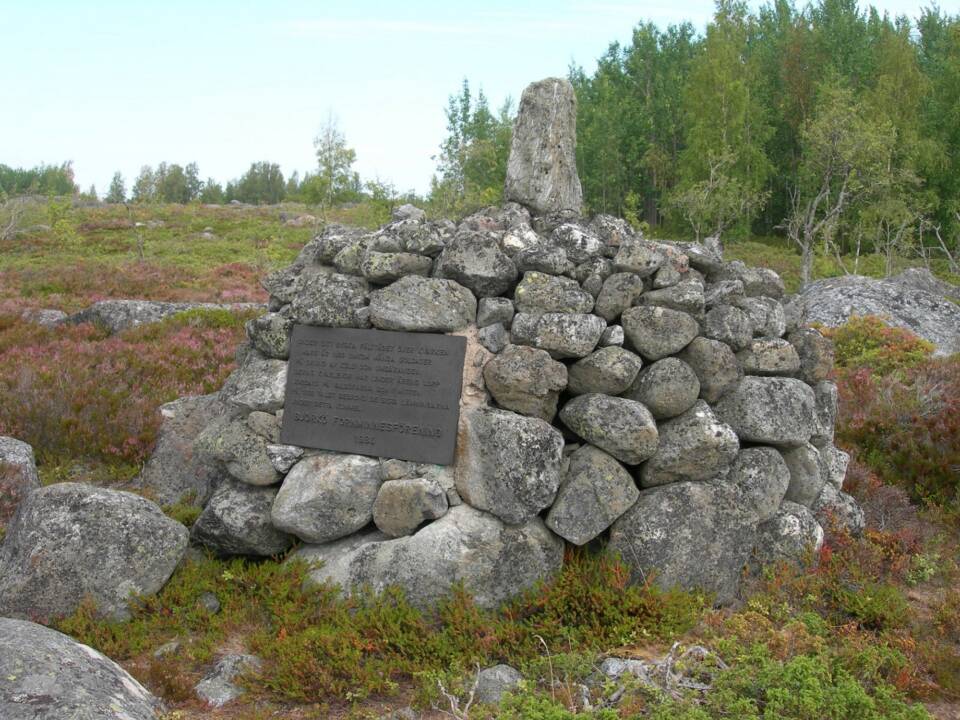
The valuable complex of lighthouse and staff buildings in the Valassaaret Islands reflects the work community and living quarters of the lighthouse keepers. The island hosts an excellent example of the development of lighthouse technology over the decades.
Valassaari Island is one of the lighthouse and pilot islands in the Kvarken Archipelago, which is a nationally significant built cultural environment, defined by the Finnish Heritage Agency.
Valassaari also belongs to the World Heritage Site of the Kvarken Archipelago.
Learn more from the webpages of the Finnish Heritage Agency.(siirryt toiseen palveluun)
Visitors can come to the Valassaaret Islands by private boat or they can hop on board a ferry or a cruise during the summer. Check out what is on offer from Kvarken website(siirryt toiseen palveluun).
Finnish Heritage Agency’s mapservice
P: 7046266, I: 204163(siirryt toiseen palveluun) (ETRS-TM35FIN)